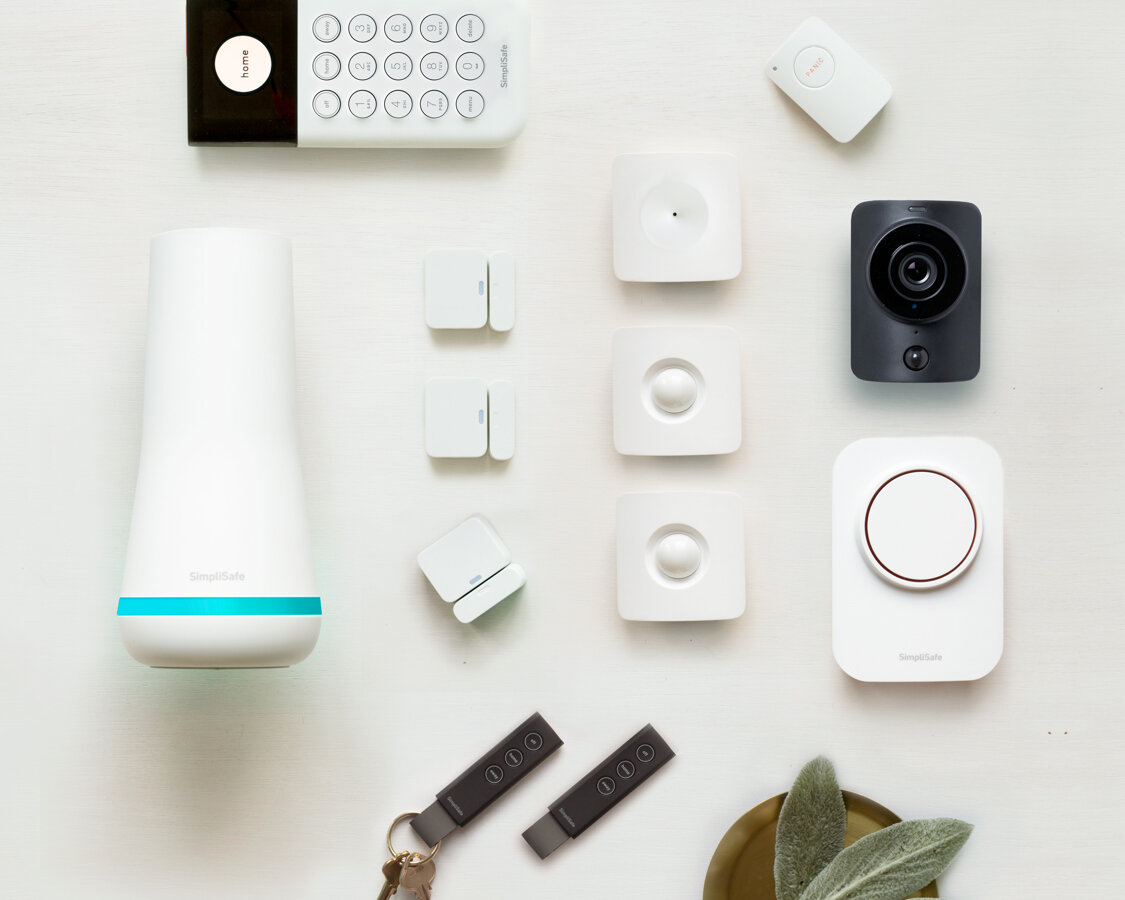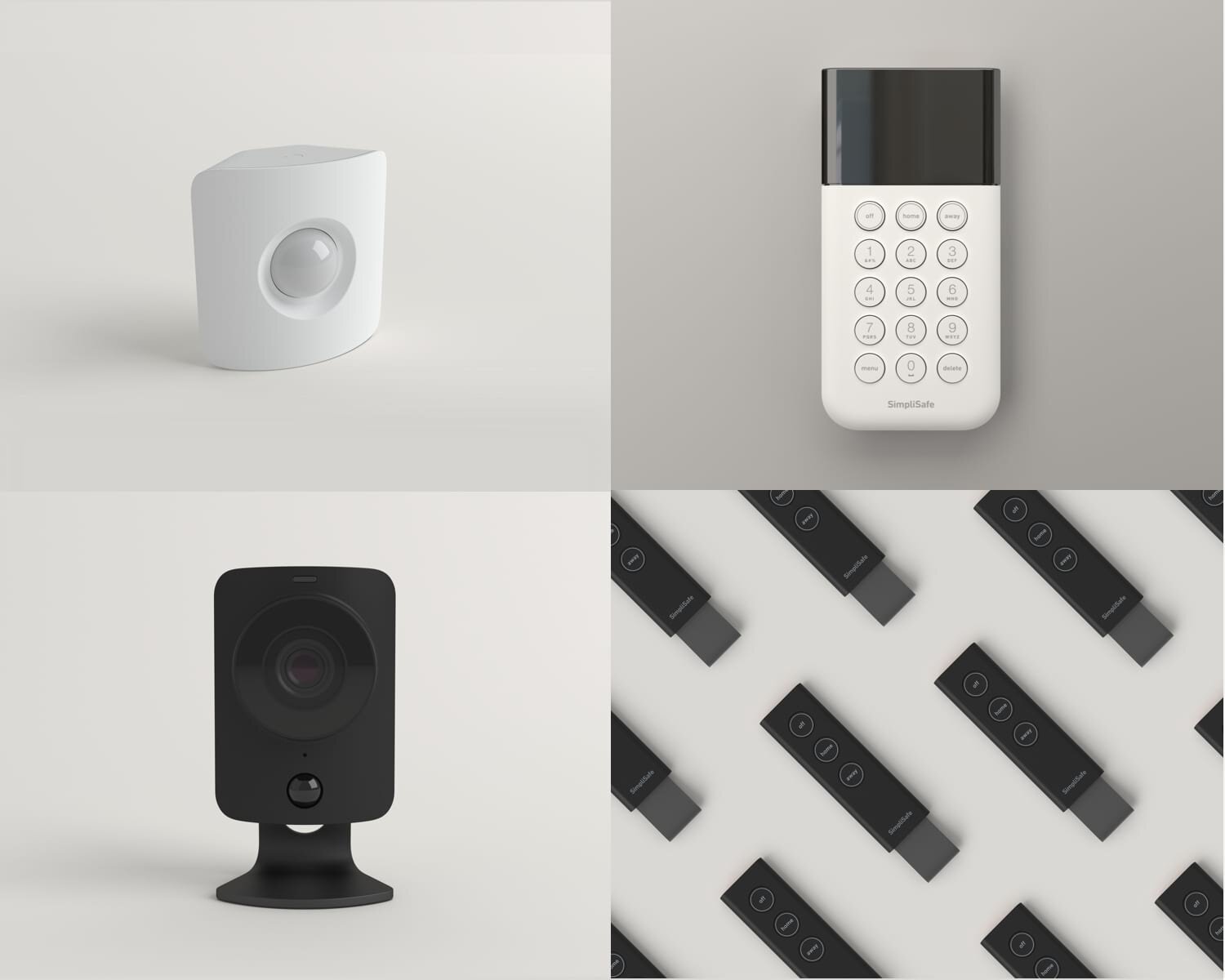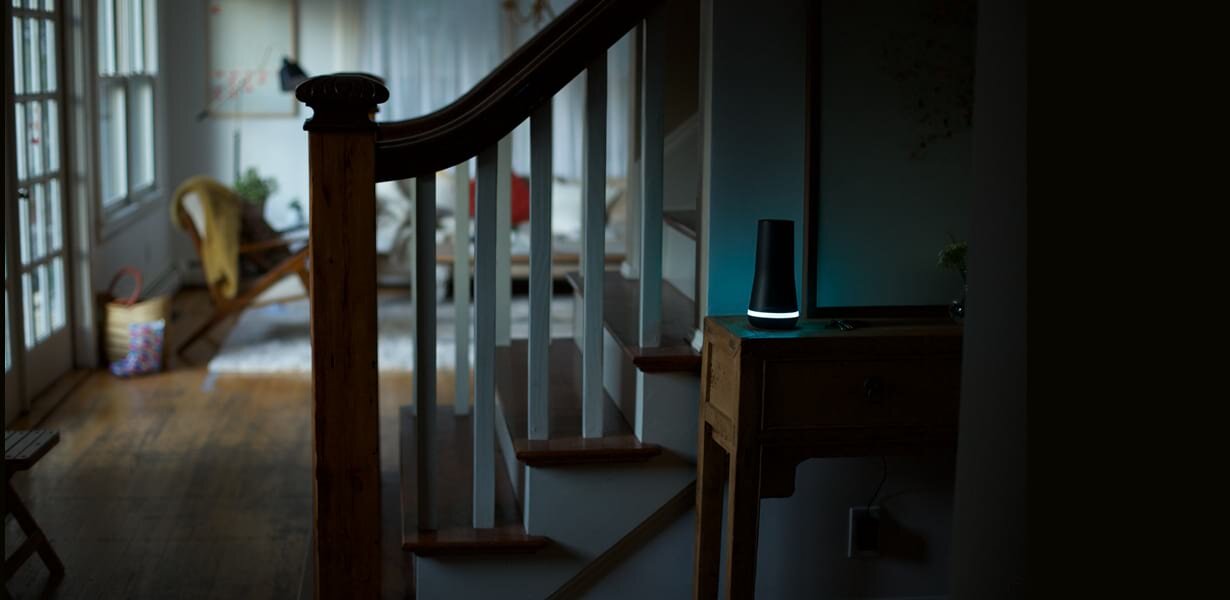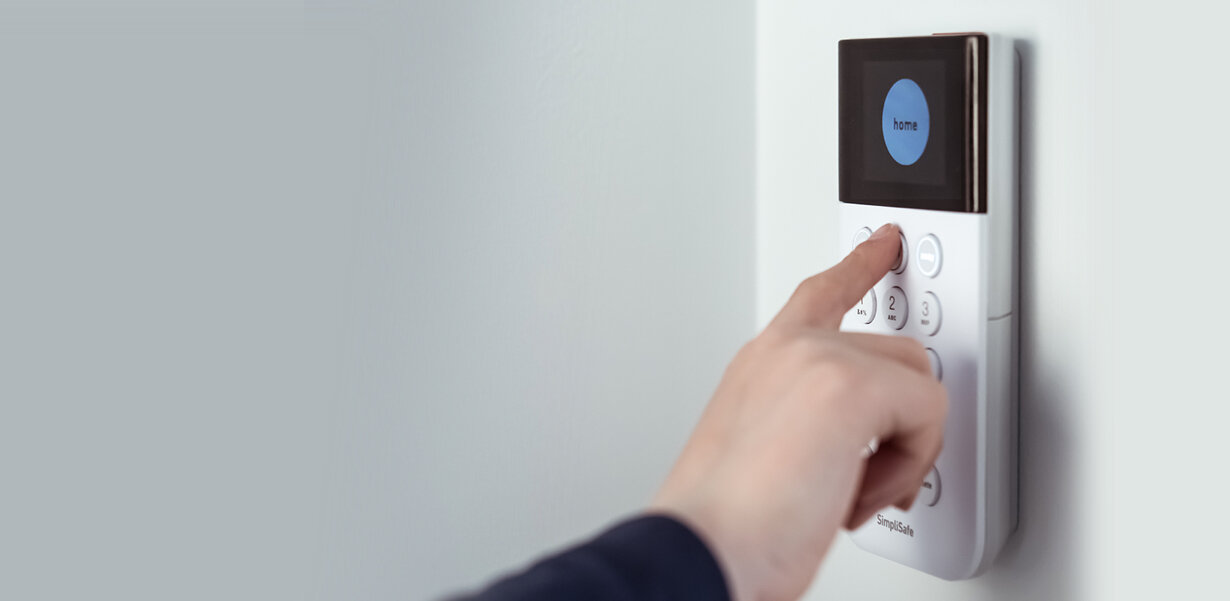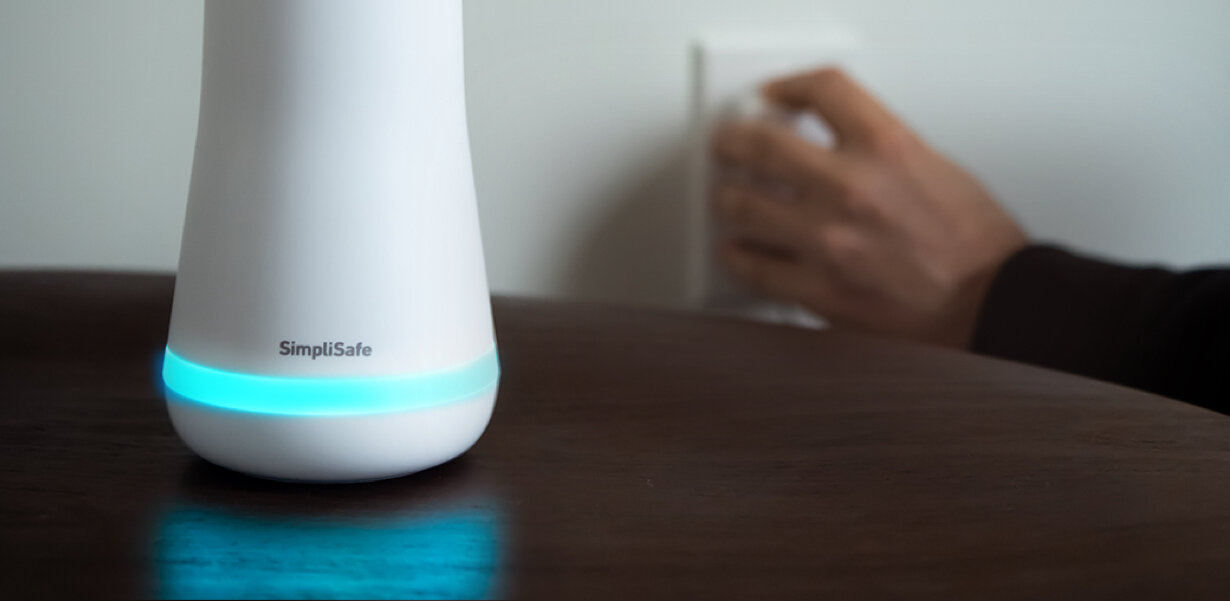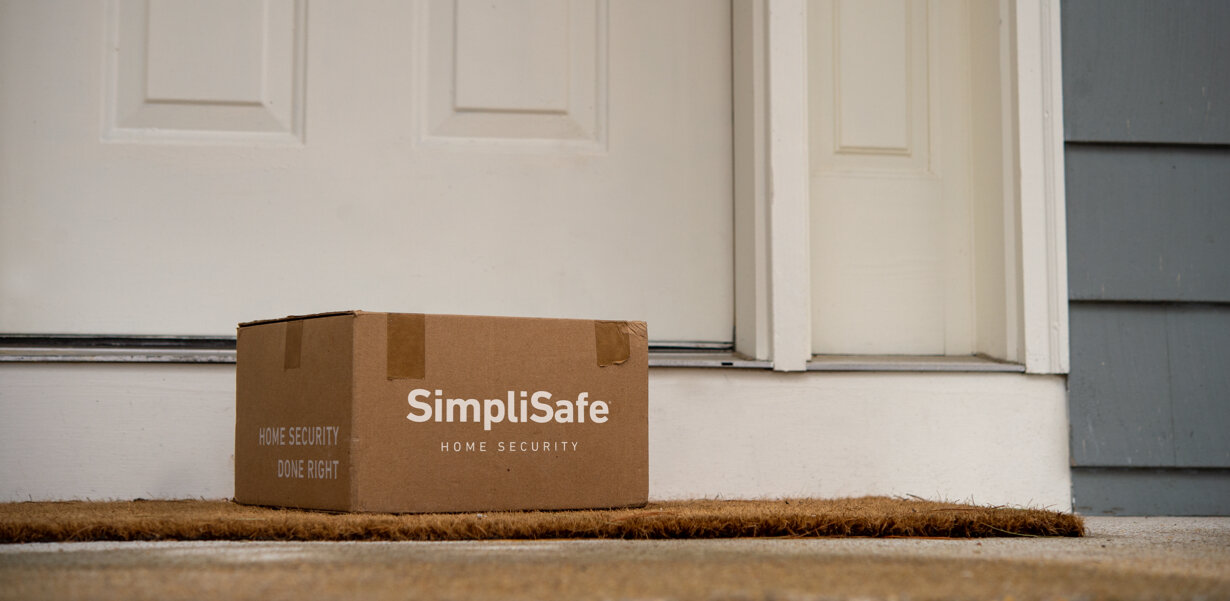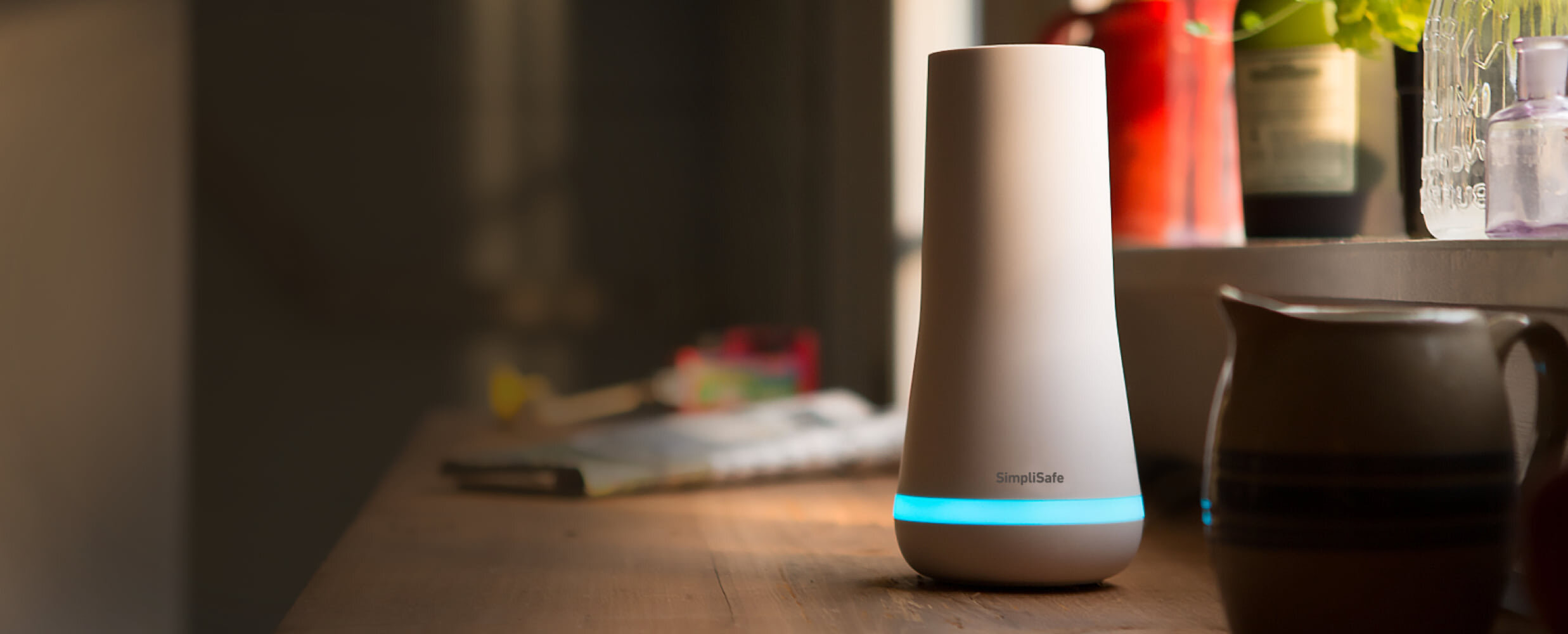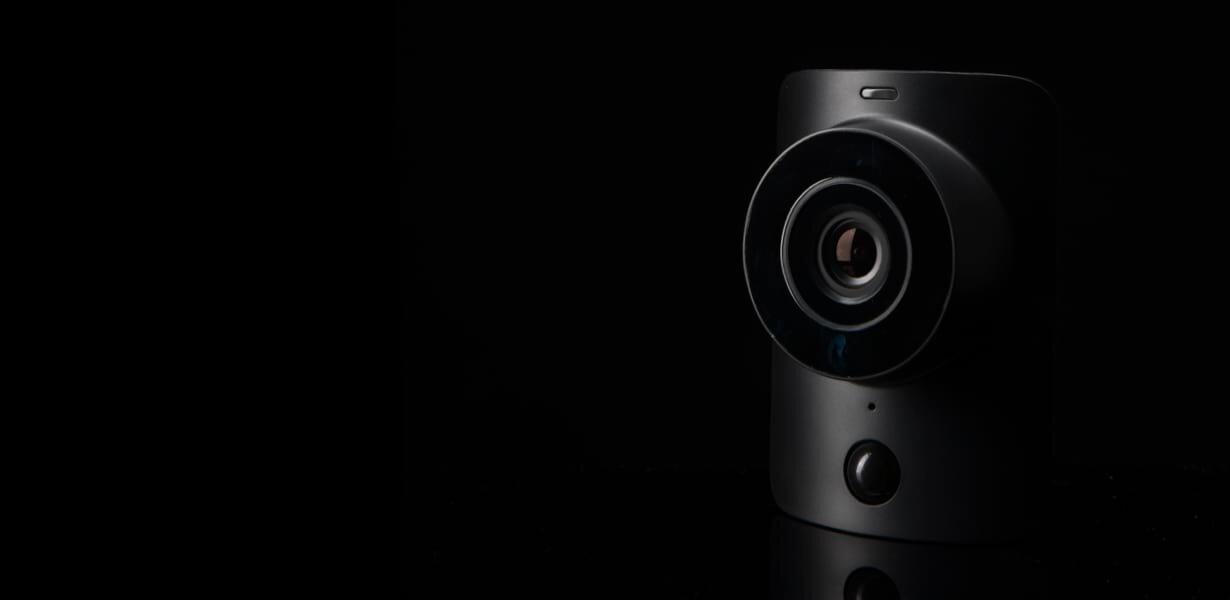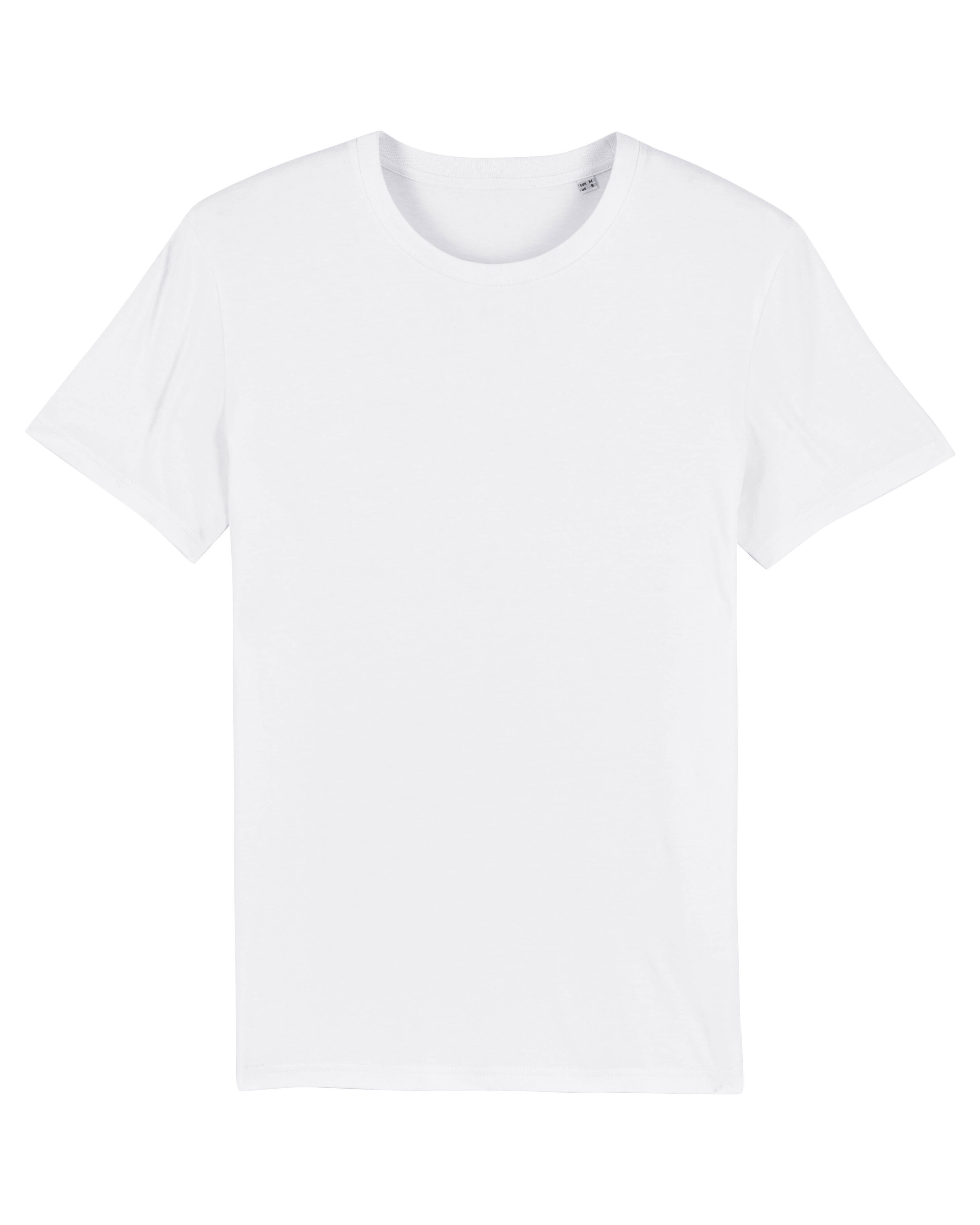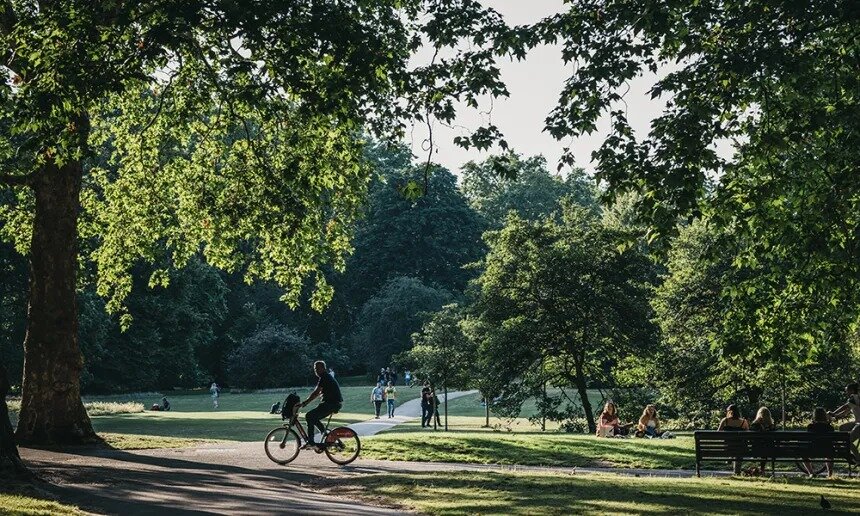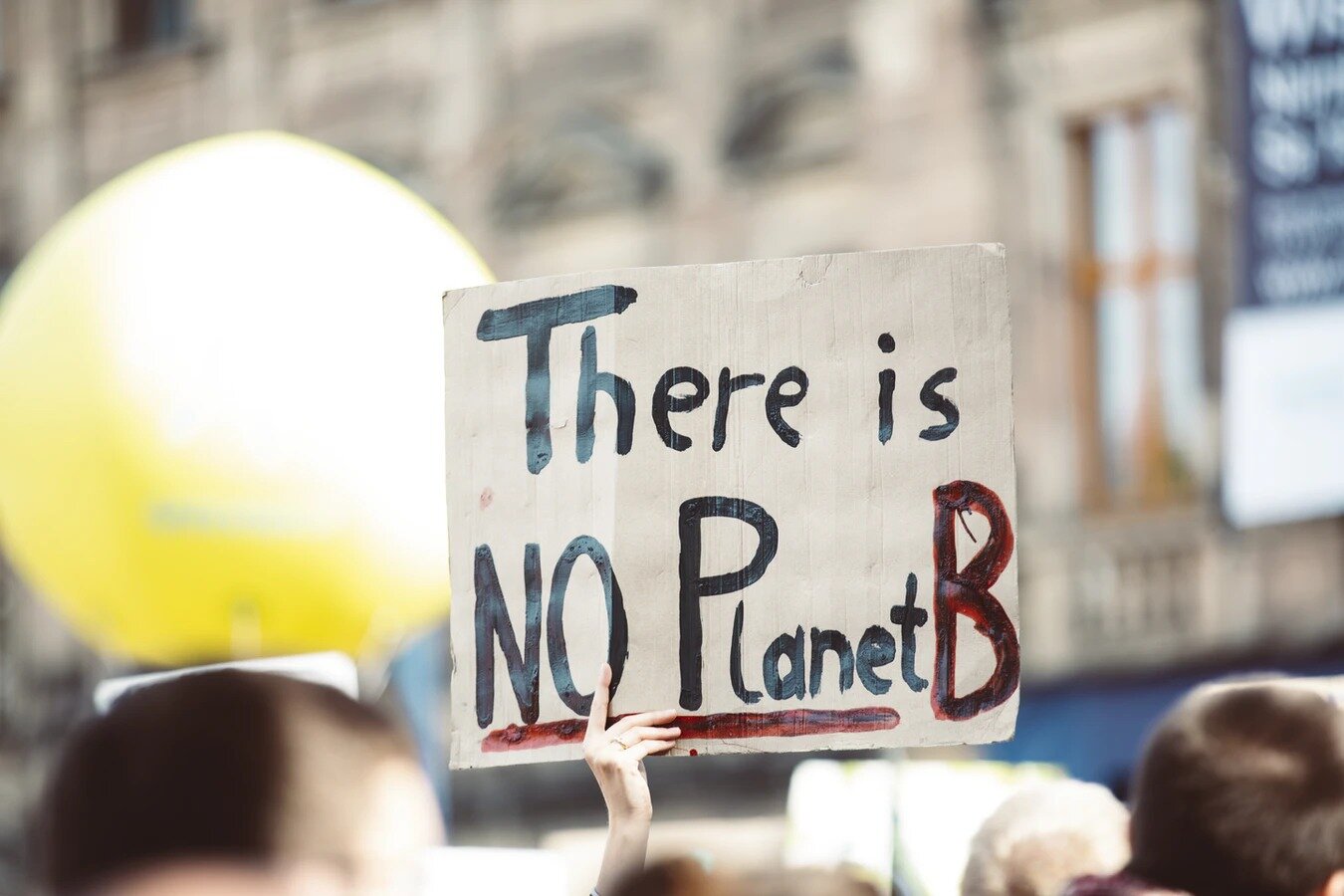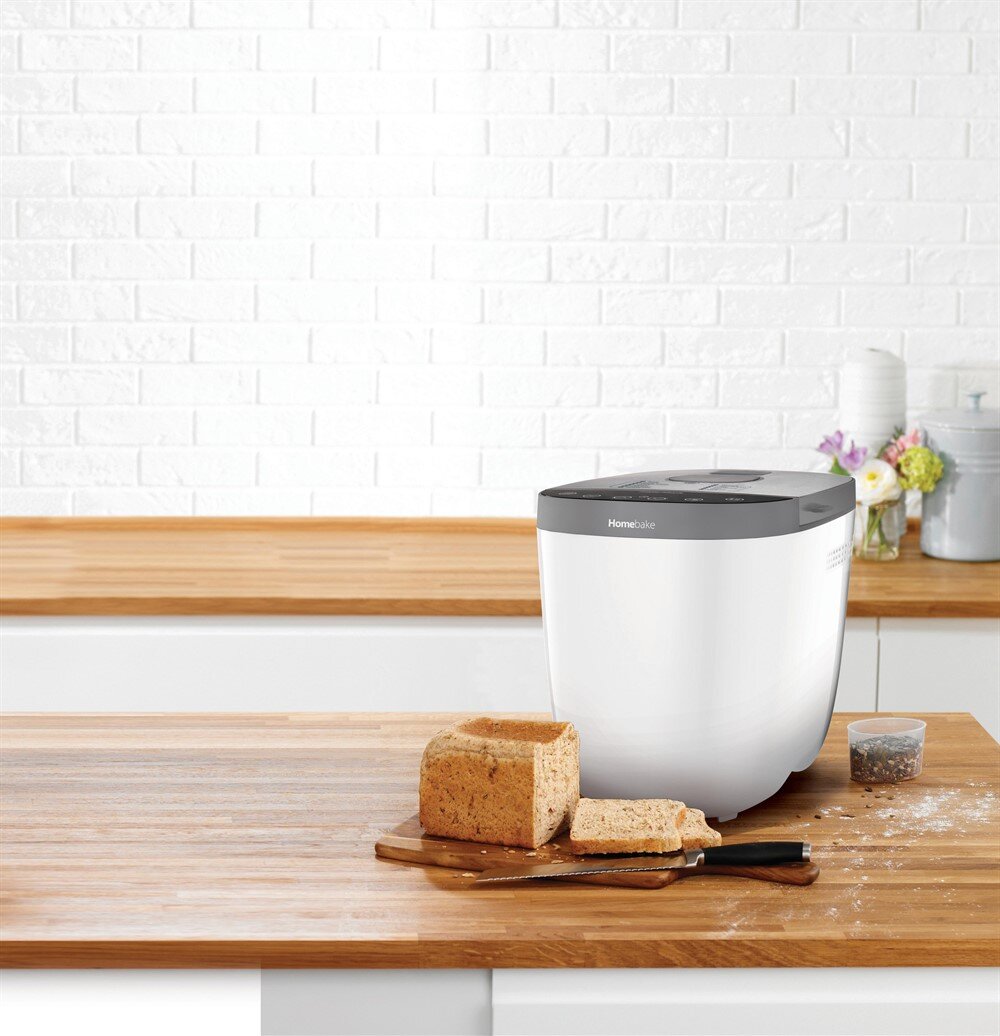1. What is a face covering?
In the context of the coronavirus (COVID-19) outbreak, a face covering is something which safely covers the nose and mouth. You can buy reusable or single-use face coverings. You may also use a scarf, bandana, religious garment or hand-made cloth covering but these must securely fit round the side of the face.
Face coverings are not classified as PPE (personal protective equipment) which is used in a limited number of settings to protect wearers against hazards and risks, such as surgical masks or respirators used in medical and industrial settings.
Face coverings are instead largely intended to protect others, not the wearer, against the spread of infection because they cover the nose and mouth, which are the main confirmed sources of transmission of virus that causes coronavirus infection (COVID-19).
2. When to wear a face covering
Different regulations exist for wearing face coverings in different parts of the UK:
In England, you must wear a face covering by law in the following settings:
public transport
indoor transport hubs (airports, rail and tram stations and terminals, maritime ports and terminals, bus and coach stations and terminals)
shops and supermarkets (places which are open to the public and that wholly or mainly offer goods or services for retail sale or hire)
indoor shopping centres
banks, building societies, and post offices (including credit unions, short-term loan providers, savings clubs and money service businesses)
You are expected to wear a face covering immediately before entering any of these settings and must keep it on until you leave.
You are also strongly encouraged to wear a face covering in other enclosed public spaces where social distancing may be difficult and where you come into contact with people you do not normally meet.
Face coverings are also needed in NHS settings, including hospitals and primary or community care settings, such as GP surgeries. They are advised to be worn in care homes. Individual settings may have their own policies and require you to take other measures.
Where this law does not apply
Face coverings are required to be worn in any shops, including food shops and supermarkets, but are not required in hospitality settings, including restaurants with table service, bars, and pubs. They are also not required in entertainment venues (such as cinemas or casinos), visitor attractions (such as heritage sites or museums), exercise and sports venues (such as gyms).
Where a shop is within another premises which does not require a face covering (such as a museum or other visitor attraction) they are required in the shop only. Check for signage upon entry and exit to know when this is the case.
When you can remove a face covering
You can remove your face covering in order to eat and drink if reasonably necessary (see Section 3). This should be in an area that is specifically for the purposes of eating and drinking, such as a food court.
If a shop or supermarket has a café or seating area for you to eat and drink, then you can remove your face covering in this area only. You must put a face covering back on once you leave your seating area.
The government’s guidance for keeping workers and customers safe during COVID-19 in restaurants, pubs, bars and takeaway services clearly advises that designated indoor seating areas for customers to eat or drink should at this time only be open for table service, where possible, alongside additional infection control measures.
Enforcement measures for failing to comply with this law
Measures can be taken if people do not comply with this law without a valid exemption (see Section 3).
Shops, supermarkets and other premises where face coverings are required are encouraged to take reasonable steps to promote compliance with the law and could refuse entry to anyone who does not have a valid exemption.
Transport operators can deny access to their public transport services if a passenger is not wearing a face covering, or direct them to wear one or leave a service if they are not wearing a face covering.
If necessary, the police and Transport for London (TfL) officers have enforcement powers including issuing fines of £100 (halving to £50 if paid within 14 days).
3. When you do not need to wear a face covering
In settings where face coverings are required in England, there are some circumstances, for health, age or equality reasons, where people are not expected to wear face coverings. Please be mindful and respectful of such circumstances, noting that some people are less able to wear face coverings, and that the reasons for this may not be visible to others.
It is not compulsory for shop or supermarket staff or transport workers to wear face coverings (see section 6), although employers may consider their use where appropriate and where other mitigations are not in place. Employers should continue to follow COVID-19 Secure guidelines to reduce the proximity and duration of contact between employees.
You do not need to wear a face covering if you have a legitimate reason not to. This includes (but is not limited to):
young children under the age of 11 (Public Health England do not recommended face coverings for children under the age of 3 for health and safety reasons)
not being able to put on, wear or remove a face covering because of a physical or mental illness or impairment, or disability
if putting on, wearing or removing a face covering will cause you severe distress
if you are travelling with or providing assistance to someone who relies on lip reading to communicate
to avoid harm or injury, or the risk of harm or injury, to yourself or others
to avoid injury, or to escape a risk of harm, and you do not have a face covering with you
to eat or drink if reasonably necessary
in order to take medication
if a police officer or other official requests you remove your face covering
There are also scenarios when you are permitted to remove a face covering when asked:
if asked to do so in a bank, building society, or post office for identification
if asked to do so by shop staff or relevant employees for identification, the purpose of assessing health recommendations, such as a pharmacist, or for age identification purposes including when buying age restricted products such as alcohol
if speaking with people who rely on lip reading, facial expressions and clear sound. Some may ask you, either verbally or in writing, to remove a covering to help with communication
Exemption Cards
Some people may feel more comfortable showing something that says they do not have to wear a face covering.This could be in the form of an exemption card, badge or even a home-made sign.
This is a personal choice and is not necessary in law.
Those who have an age, health or disability reason for not wearing a face covering should not be routinely asked to give any written evidence of this. Written evidence includes exemption cards.
Access exemption card templates
For exemptions in different parts of the UK please refer to the specific guidance for Northern Ireland, Scotland and Wales.
4. The reason for using face coverings
Coronavirus (COVID-19) usually spreads by droplets from coughs, sneezes and speaking. These droplets can also be picked up from surfaces, if you touch a surface and then your face without washing your hands first. This is why social distancing, regular hand hygiene, and covering coughs and sneezes is so important in controlling the spread of the virus.
The best available scientific evidence is that, when used correctly, wearing a face covering may reduce the spread of coronavirus droplets in certain circumstances, helping to protect others.
Because face coverings are mainly intended to protect others, not the wearer, from coronavirus (COVID-19) they are not a replacement for social distancing and regular hand washing. It is important to follow all the other government advice on coronavirus (COVID-19) including staying safe outside your home. If you have recent onset of any of the most important symptoms of coronavirus (COVID-19):
you and your household must isolate at home: wearing a face covering does not change this. You should arrange to have a test to see if you have COVID-19.
5. How to wear a face covering
A face covering should:
cover your nose and mouth while allowing you to breathe comfortably
fit comfortably but securely against the side of the face
be secured to the head with ties or ear loops
be made of a material that you find to be comfortable and breathable, such as cotton
ideally include at least two layers of fabric (the World Health Organisation recommends three depending on the fabric used)
unless disposable, it should be able to be washed with other items of laundry according to fabric washing instructions and dried without causing the face covering to be damaged
When wearing a face covering you should:
wash your hands thoroughly with soap and water for 20 seconds or use hand sanitiser before putting a face covering on
avoid wearing on your neck or forehead
avoid touching the part of the face covering in contact with your mouth and nose, as it could be contaminated with the virus
change the face covering if it becomes damp or if you’ve touched it
avoid taking it off and putting it back on a lot in quick succession (for example, when leaving and entering shops on a high street)
When removing a face covering:
wash your hands thoroughly with soap and water for 20 seconds or use hand sanitiser before removing
only handle the straps, ties or clips
do not give it to someone else to use
if single-use, dispose of it carefully in a residual waste bin and do not recycle
if reusable, wash it in line with manufacturer’s instructions at the highest temperature appropriate for the fabric
wash your hands thoroughly with soap and water for 20 seconds or use hand sanitiser once removed
Find out the full government advice on face coverings here.








